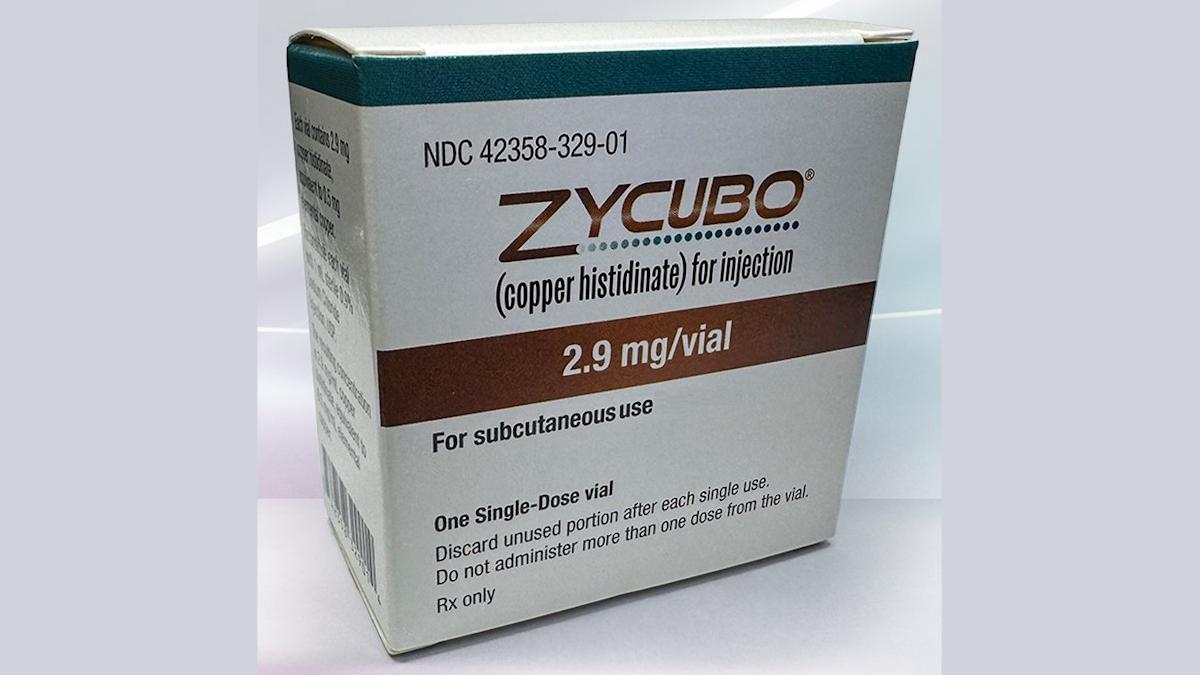Actinium radioligand aces AML trial as filings beckon

Dr Sergio Giralt, Memorial Sloan Kettering Cancer Centre
Actinium Pharma has revealed the data from its SIERRA trial of radioligand therapy Iomab-B for acute myeloid leukaemia (AML) patients needing a bone marrow transplant, bolstering the case for the drug ahead of a filing with the FDA.
The top-line result of the study was reported last October, but Actinium has now presented detailed data at the Transplantation and Cellular Therapy (TCT) congress that suggest it may be able to meet the blockbuster sales expectations of some industry observers.
The full SIERRA data set reveals that 22% of patients who received Iomab-B-based conditioning ahead of an allogeneic hematopoietic stem cell transplantation (HSCT) maintained a durable complete response (dCR) for 180 days, compared to none in the control arm.
Almost 75% of those receiving Actinium’s drug achieved complete remission with/without platelet recovery (CR/CRp), compared with just 6.3% of the control arm, and the regimen was also associated with a 78% improvement in event-free survival, and a doubling of one-year survival to 26.1% compared to 13.1%.
Median overall survival was also doubled to 6.4 months from 3.2 months – which Actinium said is pretty much unprecedented for new AML therapies overall, let alone those aimed at an older, heavily pre-treated population.
That all adds up to “practice changing” results for older adults with relapsed or refractory AML, with a high percentage (60%) of patients who achieved durable remissions reaching the critical two-year survival mark, according to SIERRA investigator Dr Sergio Giralt of Memorial Sloan Kettering Cancer Centre in the US.
A significant proportion of AML patients who achieve a durable complete remission end up being long-term survivors, he told the meeting.
Conditioning to deplete stem cells is critical for patients receiving an HSCT to treat haematological cancers, as well as those undergoing ablation of the bone marrow to prepare for cell and gene therapies. However, current regimens based on intensive chemo- and radiotherapy are very aggressive, so are not suitable for frail patients.
Actinium’s hope is that Iomab-B could replace these non-targeted approaches, making HSCT a viable option for many more patients.
Based on results of SIERRA, Actinium now intends to file Iomab-B with the FDA for AML patients aged 55 years old or older who cannot access HSCT with the current standard of care – a group that represents around half of all people with AML and a population of “tens of thousands” in the US.
Marketing applications in Europe are also coming down the pipe in collaboration with Immedica, Actinium’s commercial partner for the region.
At the moment, there are around 70,000 BMT procedures performed in the US, Europe, and Japan every year, but Actinium thinks that could increase to 120,000 with an improved conditioning regimen.











